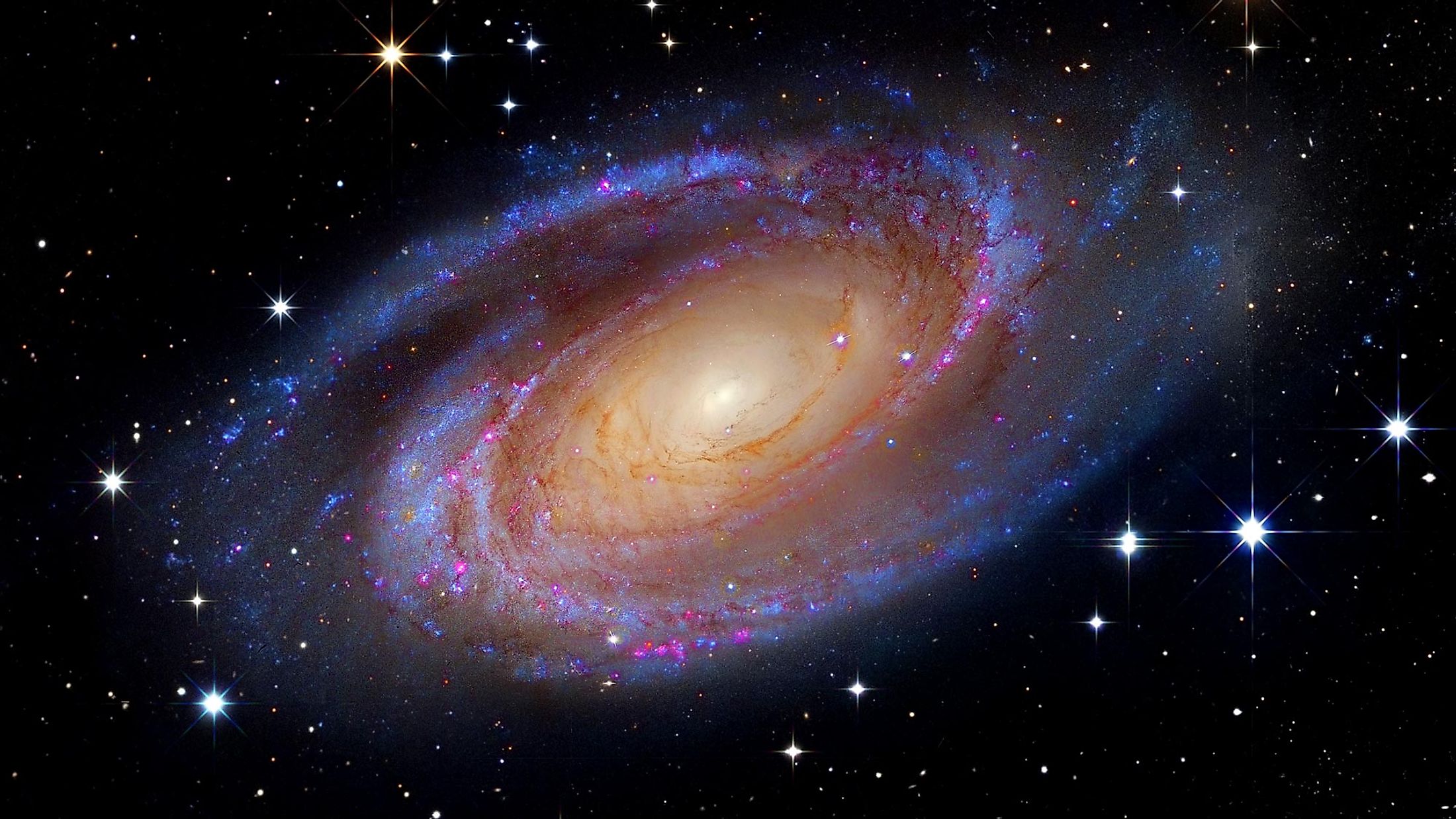Table of Contents
- Scientists discover Shakti and Shiva: the ancient building blocks of ...
- Galaxy
- The Milky Way Galaxy
- Information About Milky Way Galaxy
- Galaxy
- Galaxy by Orbonus on DeviantArt
- Astronomers Discover An Entirely New Kind Of Galaxy | Gizmodo Australia
- Milky Way Galaxy Information
- जानें कैसा था सूर्य का बचपन! नासा के जेम्स वेब की इस तस्वीर से समझिए
- Share

Have you ever gazed up at the night sky, mesmerized by the twinkling stars and wondered what lies beyond our planet? The universe is vast and complex, comprising billions of galaxies, each containing countless stars, planets, and other celestial objects. In this article, we'll delve into the fascinating world of galaxies, exploring what they are, their types, and the role they play in the grand scheme of the cosmos.


What is a Galaxy?

A galaxy is a massive, gravitationally bound system consisting of stars, stellar remnants, interstellar gas, dust, and dark matter, typically dominated by a central supermassive black hole. Galaxies come in various shapes and sizes, ranging from small, dwarf galaxies to massive, giant elliptical galaxies. Our solar system is part of the Milky Way galaxy, a barred spiral galaxy that is home to hundreds of billions of stars.


Types of Galaxies

Galaxies are classified into several types based on their shape, size, and composition. The main types of galaxies include:

- Spiral Galaxies: Characterized by a central bulge and spiral arms, these galaxies are disk-shaped and often contain young, blue stars.
- Elliptical Galaxies: These galaxies are egg-shaped and composed mostly of older, red stars.
- Irregular Galaxies: As the name suggests, these galaxies have an irregular shape and often result from the collision of two or more galaxies.
- Dwarf Galaxies: Small, faint galaxies that contain a limited number of stars.

Galaxy Formation and Evolution
The formation and evolution of galaxies are complex processes that involve the gravitational collapse of gas and dust, followed by the formation of stars and other celestial objects. Galaxies can merge with each other, leading to the creation of new, larger galaxies. This process, known as galaxy evolution, has shaped the universe as we know it today.

Exploring the Universe: The Role of Galaxies
Galaxies play a crucial role in our understanding of the universe. By studying galaxies, scientists can gain insights into the formation and evolution of the cosmos, as well as the properties of dark matter and dark energy. Galaxies also serve as a window into the distant past, allowing us to observe the universe as it was billions of years ago.
In conclusion, galaxies are fascinating celestial objects that have captivated human imagination for centuries. From the majestic spiral arms of the Milky Way to the distant, faint light of dwarf galaxies, each galaxy offers a unique glimpse into the vast expanse of the cosmos. As we continue to explore and study galaxies, we may uncover new secrets about the universe and our place within it.
For more information on galaxies and the wonders of the universe, visit EarthSky, your premier source for astronomy news, science, and inspiration.
Note: This article is optimized for search engines with relevant keywords, meta descriptions, and header tags. The content is informative, engaging, and easy to read, making it perfect for astronomy enthusiasts and curious learners alike.